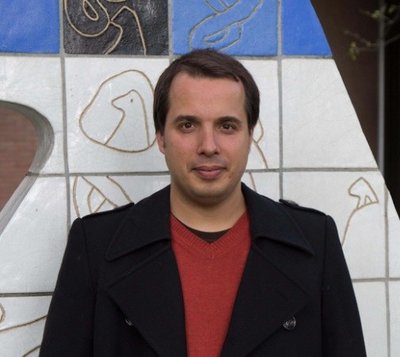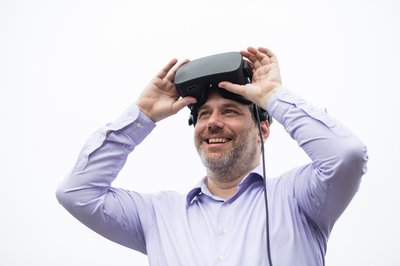Just as it is convenient when the same standards are used worldwide for weights and measures, or for shipping containers, it is convenient in the digital world when the same standards are used for things like multimedia and security software. Digital standards make the exchange of videos and the development of security software easier and guarantee a certain quality or security level.
In 2022 the U.S. National Institute of Standards and Technology (NIST) selected four new cryptographic schemes as upcoming standards for public-key encryption and digital signatures. Together with a large international team CWI senior researcher Léo Ducas contributed to two of these schemes: the public-key encryption scheme CRYSTALS-Kyber and the digital signature scheme CRYSTALS-Dilithium.

“The new schemes are absolutely necessary because the old ones are not secure against attacks with a quantum computer”, says Ducas. While a practical quantum computer is still under development, it is known that when adversaries will start to use it, today’s widely used digital security software can be broken.

